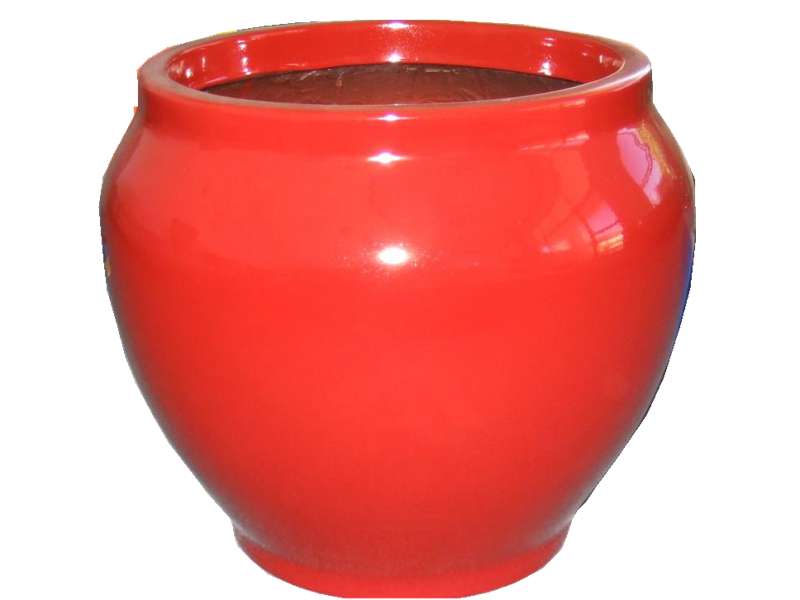
-
 Afrikaans
Afrikaans -
 Albanian
Albanian -
 Amharic
Amharic -
 Arabic
Arabic -
 Armenian
Armenian -
 Azerbaijani
Azerbaijani -
 Basque
Basque -
 Belarusian
Belarusian -
 Bengali
Bengali -
 Bosnian
Bosnian -
 Bulgarian
Bulgarian -
 Catalan
Catalan -
 Cebuano
Cebuano -
 China
China -
 China (Taiwan)
China (Taiwan) -
 Corsican
Corsican -
 Croatian
Croatian -
 Czech
Czech -
 Danish
Danish -
 Dutch
Dutch -
 English
English -
 Esperanto
Esperanto -
 Estonian
Estonian -
 Finnish
Finnish -
 French
French -
 Frisian
Frisian -
 Galician
Galician -
 Georgian
Georgian -
 German
German -
 Greek
Greek -
 Gujarati
Gujarati -
 Haitian Creole
Haitian Creole -
 hausa
hausa -
 hawaiian
hawaiian -
 Hebrew
Hebrew -
 Hindi
Hindi -
 Miao
Miao -
 Hungarian
Hungarian -
 Icelandic
Icelandic -
 igbo
igbo -
 Indonesian
Indonesian -
 irish
irish -
 Italian
Italian -
 Japanese
Japanese -
 Javanese
Javanese -
 Kannada
Kannada -
 kazakh
kazakh -
 Khmer
Khmer -
 Rwandese
Rwandese -
 Korean
Korean -
 Kurdish
Kurdish -
 Kyrgyz
Kyrgyz -
 Lao
Lao -
 Latin
Latin -
 Latvian
Latvian -
 Lithuanian
Lithuanian -
 Luxembourgish
Luxembourgish -
 Macedonian
Macedonian -
 Malgashi
Malgashi -
 Malay
Malay -
 Malayalam
Malayalam -
 Maltese
Maltese -
 Maori
Maori -
 Marathi
Marathi -
 Mongolian
Mongolian -
 Myanmar
Myanmar -
 Nepali
Nepali -
 Norwegian
Norwegian -
 Norwegian
Norwegian -
 Occitan
Occitan -
 Pashto
Pashto -
 Persian
Persian -
 Polish
Polish -
 Portuguese
Portuguese -
 Punjabi
Punjabi -
 Romanian
Romanian -
 Russian
Russian -
 Samoan
Samoan -
 Scottish Gaelic
Scottish Gaelic -
 Serbian
Serbian -
 Sesotho
Sesotho -
 Shona
Shona -
 Sindhi
Sindhi -
 Sinhala
Sinhala -
 Slovak
Slovak -
 Slovenian
Slovenian -
 Somali
Somali -
 Spanish
Spanish -
 Sundanese
Sundanese -
 Swahili
Swahili -
 Swedish
Swedish -
 Tagalog
Tagalog -
 Tajik
Tajik -
 Tamil
Tamil -
 Tatar
Tatar -
 Telugu
Telugu -
 Thai
Thai -
 Turkish
Turkish -
 Turkmen
Turkmen -
 Ukrainian
Ukrainian -
 Urdu
Urdu -
 Uighur
Uighur -
 Uzbek
Uzbek -
 Vietnamese
Vietnamese -
 Welsh
Welsh -
 Bantu
Bantu -
 Yiddish
Yiddish -
 Yoruba
Yoruba -
 Zulu
Zulu
vessels and tanks
Vessels and Tanks An Essential Exploration
In the realm of industrial engineering, vessels and tanks play an essential role across various sectors, including chemical processing, water treatment, oil and gas, and food production. These structures are designed to store and process fluid substances, making them vital for efficient operations. This article explores the types, functions, construction materials, and safety considerations associated with vessels and tanks.
Types of Vessels and Tanks
Vessels can be categorized into several types based on their specific functions and shapes. The most common types include
1. Storage Tanks These are primarily used for storing liquids, ranging from water to petroleum products. Tanks can be above-ground or underground and come in various shapes, such as cylindrical, rectangular, or spherical.
2. Pressure Vessels Designed to hold gases or liquids at pressures substantially different from the ambient pressure, pressure vessels are essential in industries like oil and gas, where high-pressure conditions are common.
3. Reaction Vessels These vessels facilitate chemical reactions by mixing reactants under controlled conditions. They are widely used in the pharmaceutical and chemical industries.
4. Separation Vessels Used for separating different components of a mixture, these include distillation columns, centrifuges, and separators. They are crucial in refining processes.
Functions and Applications
Vessels and tanks serve several vital functions
- Storage The most apparent function is the safe storage of liquids and gasses, ensuring ready availability for various applications.
- Processing Many tanks are equipped with mixers, heaters, and other equipment to facilitate chemical reactions or heat exchanges.
- Transport In industrial settings, tanks often serve the purpose of transporting fluids from one location to another, sometimes integrated into pipelines for efficiency.
These functions are essential in various industries. For example, in the food and beverage industry, tanks are utilized for fermentation, blending, and aging processes. In chemical manufacturing, they are integral to mixing and reacting raw materials. In water treatment plants, storage tanks are vital for ensuring a steady supply of clean water.
vessels and tanks

Construction Materials
Vessels and tanks are constructed from various materials, selected based on their intended application and the nature of the stored substances
. Common materials include- Carbon Steel Known for its strength and durability, carbon steel is often used for large storage tanks. However, it requires protective coatings to prevent corrosion.
- Stainless Steel This material is preferred in food processing and pharmaceutical applications due to its resistance to corrosion and easy cleaning.
- Fiberglass Lightweight and resistant to corrosion, fiberglass tanks are often used in applications involving aggressive chemicals.
- Concrete Typically used for large storage applications, concrete tanks can withstand substantial loads and external environmental conditions.
Safety Considerations
Safety is paramount when it comes to the design and operation of vessels and tanks. Several safety guidelines must be adhered to, including
1. Regular Inspections Periodic inspections help identify wear, corrosion, and other potential issues before they lead to failures.
2. Pressure Relief Devices For pressure vessels, installing pressure relief valves is critical to prevent over-pressurization and potential explosions.
3. Leak Detection Systems For tanks storing hazardous materials, implementing leak detection systems can mitigate environmental risks.
4. Emergency Response Plans Facilities must have comprehensive plans in place to respond to accidents, including spills and chemical exposures.
In conclusion, vessels and tanks are indispensable in numerous industrial sectors, serving critical functions in the storage, processing, and transport of various liquids and gases. Understanding the types, construction materials, and safety considerations associated with these structures is essential for ensuring efficient operations and maintaining safety standards. As industries continue to evolve, the design and technology behind vessels and tanks are likely to advance, further enhancing their effectiveness and safety.









